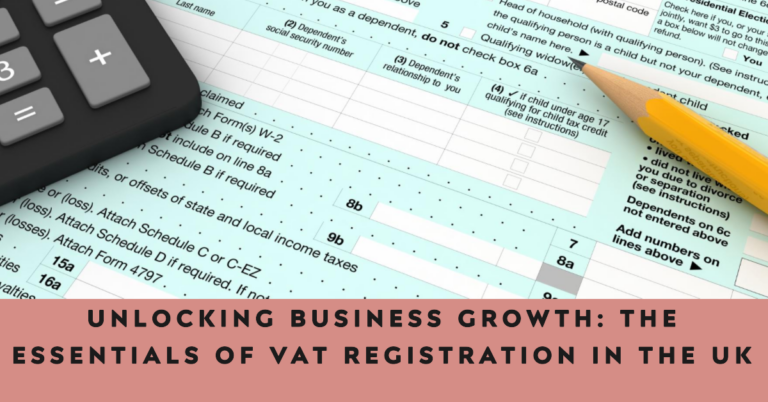Have you started a new business recently and looking for ways to get your VAT registration?
Fret Not. You can easily register for VAT and ensure compliance by following the correct step-by-step guide.
Remember, VAT registration is not only about VAT number; in fact, it is more about understanding the registration process and being aware of how it may affect your clients and company.
Therefore, we have gathered all of your queries about VAT registration in one location to assist you in doing so. Proceed to read!
Table of Contents
What is VAT?

Value-added tax, or VAT, is a consumption tax on goods and services that is applied from the point of sale to every point in the supply chain where value is added. The cost of the product less than any costs of materials that have already been subject to prior stage taxation determines how much VAT the consumer must pay.
VAT is calculated using consumption as opposed to income and is imposed equally on all purchases, as opposed to a progressive income tax, which imposes higher taxes on the wealthiest. A VAT system is in place in more than 160 nations.
What is a VAT Number?
A VAT number is an special number that identifies an taxable person (company) that is registered for VAT. It is also known as an VAT identification number or an VAT registration number.
Since the UK exited the EU customs union and single market HM Revenue & Customs (HMRC) has been in charge of handling UK VAT registrations on its own. When firms register for VAT in UK the HMRC issues them a VAT number which is an unique ID. UK VAT numbers consist of nine digits and are prefixed with “GB” at all times.
How Does a Value-Added Tax Work?

VAT is applied to the gross margin at every stage of the production, distribution, and retail sales of a product. At every level, the tax is assessed and gathered. That is not the same as a sales tax system, where the tax is only imposed and paid at the end of the supply chain by the customer.
How Do You Register For VAT in The UK?

To start with, here is the checklist of documents you will need;
- National insurance number or tax identifier
- Certificate of incorporation/incorporation details
- Details of all associated businesses within the last two years
- Business bank account details
- Details of the business that has been transferred if appropriate
- ID evidence of the company representative
After gathering these records, you can select one of HMRC’s alternatives to obtain your UK VAT number. Applying online on HMRC’s website is the simplest way to obtain a UK VAT number. It is necessary that you open an online account for VAT, also known as a “Government Gateway Account.” Later on, you will also use this account to send HMRC your company’s VAT returns.
Within 30 days of opening your VAT online account, you ought to receive your certificate and VAT number.
Another option is to designate an accountant or an agency. They can interact with HMRC on your behalf, register your business for UK VAT, and submit your VAT returns.
You may occasionally have to register via mail. This is relevant if:
- To request a registration exception.
- You have multiple divisions or business units registered under various VAT numbers.
- You are now a member of the Agricultural Flat Rate Plan.
In this instance, you must register using the VAT1 form, which can be downloaded from the HMRC website. The HMRC is supposed to issue your VAT certificate within 30 days of receiving your application. After that, you’ll be able to register for an online VAT account.
Current VAT rates In The UK

As we have seen, possessing a UK VAT number entails more obligations than one may anticipate. Make sure you collect the correct amount of VAT from your clients in order to get off to a good start.
Depending on the nature of goods and services, the UK applies three different VAT rates:
- Standard Rate: Presently 20%, applicable to the majority of products and services
- Reduced Rate: It is presently 5% and applied to a select few items, such as kid safety seats and sanitary supplies.
- Zero Rate: If a zero rate is applicable, it indicates that although the items are subject to VAT, the rate at which you must charge VAT is 0%. They still need to be reported on your VAT Return and entered into your VAT accounts. For instance, this holds true for books, newspapers, and motorcycle helmets.
Conclusion
VAT registration can be a challenging task due to its complex requirements and structure. But if you understand the whole process thoroughly and know the major compliance rules, you can sail through the process easily.

